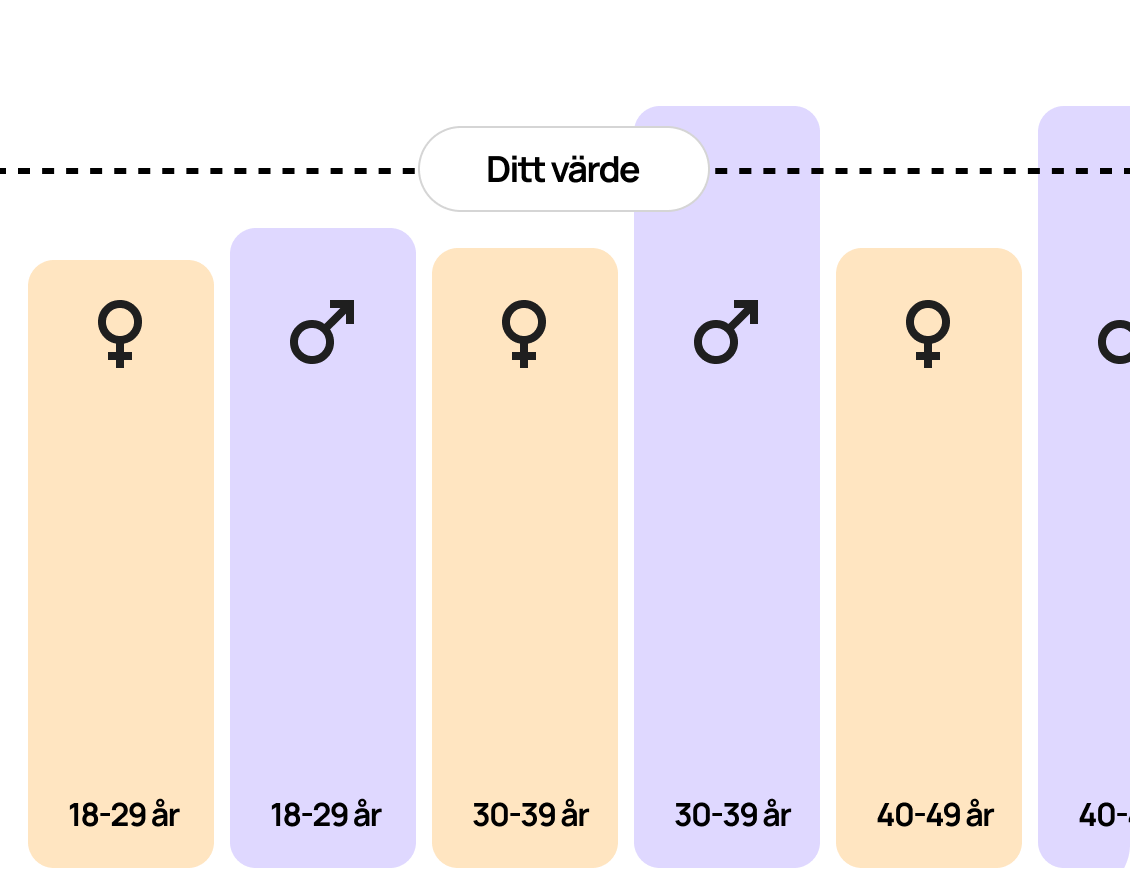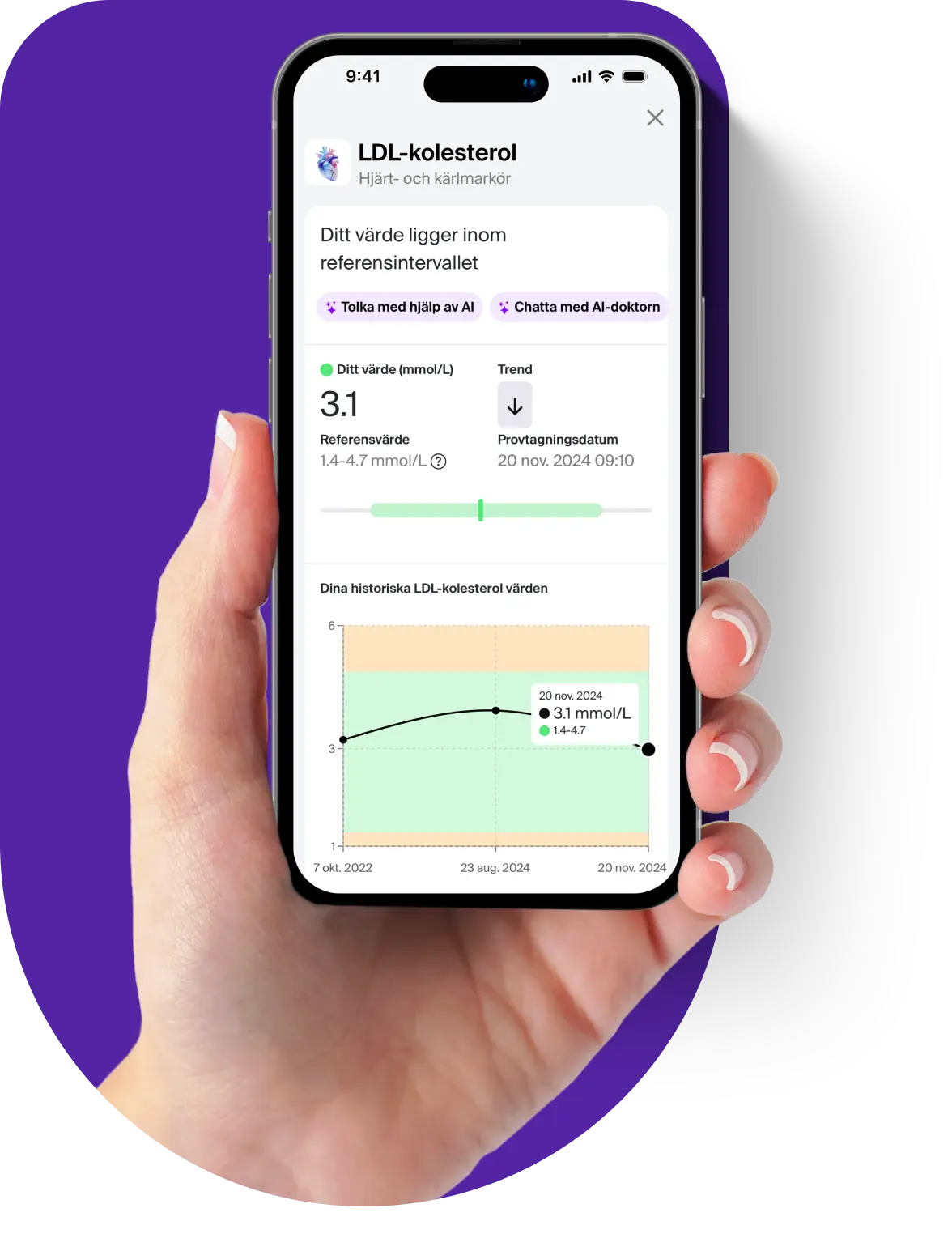S-NSE is a blood test that measures the concentration of the enzyme neuron-specific enolase in the blood. This enzyme is mainly found in nerve cells but also occurs in certain types of tumor cells, making it a valuable marker in medical diagnostics and treatment. S-NSE is mainly used to diagnose and follow up diseases where nerve tissue or neuroendocrine tumors are present.
Analysis of NSE is used in several medical fields and can provide important information when cancer is suspected, neurological diseases or when evaluating the effect of treatment. Below explains the most common uses of S-NSE:
Cancer diagnostics and follow-up
S-NSE is often used as a tumor marker to identify and monitor certain specific cancers.
- Small cell lung cancer (SCLC): An aggressive form of lung cancer where S-NSE can help in the diagnosis and assessment of the effect of treatment. Elevated levels may indicate disease progression .
- Neuroendocrine tumors: Tumors such as pheochromocytoma and neuroblastoma may also be associated with elevated S-NSE levels.
Neurological diseases
Nerve cell damage can lead to the release of neuron-specific enolase into the blood, making S-NSE a valuable tool for assessing damage to the nervous system:
- Brain damage: In stroke, traumatic brain injury, or lack of oxygen to the brain (hypoxia), elevated S-NSE levels may indicate nerve cell death and the extent of the damage.
- Neurodegenerative diseases: Diseases such as ALS (amyotrophic lateral sclerosis) can sometimes lead to elevated S-NSE levels, which can support diagnosis and follow-up.
Assessment of treatment effect
S-NSE is particularly useful in oncology to follow up on the treatment of small cell lung cancer. Decreasing levels of S-NSE after treatment with chemotherapy or radiation often indicate a positive response, while rising levels may indicate relapse or treatment resistance.
Prognostic marker
Elevated levels of S-NSE are sometimes linked to a poorer prognosis in small cell lung cancer and other diseases involving nervous tissue. This makes S-NSE an important tool for assessing the severity of the disease.
Interpretation of S-NSE test results
S-NSE is not a specific marker for a single disease. Elevated levels can occur in several different conditions, including cancer and neurological damage. The result can also be affected by factors such as hemolysis (breakdown of blood cells during sampling). Therefore, the results should always be interpreted in combination with any historical test results and clinical examinations together with a treating physician.
For whom is an S-NSE test recommended?
S-NSE is recommended for people with suspected small cell lung cancer, neuroendocrine tumors or neurological diseases and injuries. It is also used to monitor treatment effects and assess disease prognosis.
Reference intervals for S-NSE
Normal levels of S-NSE vary depending on the laboratory and analysis method. Elevated levels may indicate nerve damage or tumor activity, but it is important to interpret the values in their context and based on the specific reference intervals of the analyzing laboratory, taking into account the patient's other medical history and symptoms.






























